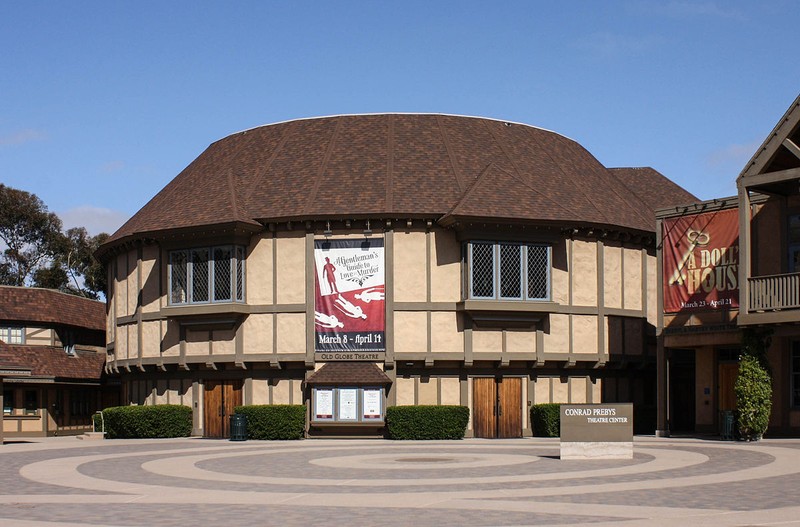The Old Globe
Introduction
Text-to-speech Audio
Images
The Old Globe Theatre in San Diego is one of the nation's premiere regional theatres.

Backstory and Context
Text-to-speech Audio
A fire destroyed much of the facility in 1978. Surrounding offices, dressing rooms and other spaces were saved but the main theatre was destroyed. A new 580-seat Old Globe opened in 1982 with a production of Shakespeare’s, “As You Like It.” In 1984 the building suffered another fire, this time the stage area. Again, it was rebuilt.
Throughout the hardships, the commitment to live theatre in the area remained strong. Long-term financial contributions were secured, and the facility continued to be improved with the addition of extra theatre spaces to expand the complex.
The Old Globe has had more 20 shows that have gone to play Broadway and Off Broadway, earning 13 Tony Awards. The Old Globe won a Tony for Outstanding Regional Theatre in 1984. The theatre produces about 15 shows a year and remains one of the nation’s best regional theatres.
Cite This Entry
Chapman, Robyn. "The Old Globe." Clio: Your Guide to History. March 17, 2017. Accessed April 24, 2025. https://theclio.com/tour/50/13/reverse

